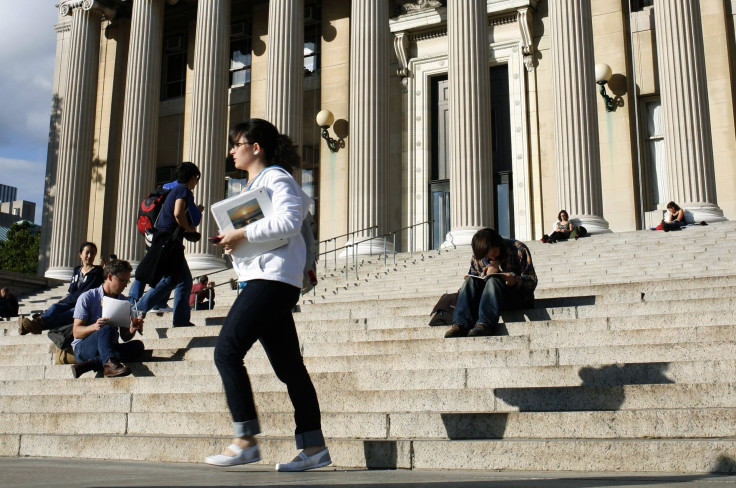Rape Culture On Campus: DOJ Report Shows Only 20 Percent Of College Sexual Assaults Are Reported To Police

About 80 percent of campus rapes are not reported to police, according to a U.S. Department of Justice report on sexual assault victimization published Thursday. Among nonstudent college-age females, the likelihood of reporting was slightly higher -- 32 percent -- but one-fifth of both groups cited fear of reprisal as a reason they didn't.
Researchers found that 26 percent of students and 23 percent of nonstudents chose not to report their rapes because it was too personal to tell police. More nonstudents than students said they didn't report the crime because, they believed, the police could not or would not do anything to help.
"We live in a culture where survivors are taught ... to doubt your experiences," Rebecca Nagle, co-director of the Baltimore-based activist group FORCE: Upsetting Rape Culture, told International Business Times earlier this week. "We need to build a culture of support for survivors."
Colleges' handling of sexual assault cases is in the spotlight this month as the controversy over the accuracy of one woman's story in Rolling Stone continued. After the magazine published a feature Nov. 19 about an alleged gang rape at a University of Virginia fraternity party, media outlets started discovering inconsistencies in the account of the victim, identified as "Jackie."
The University of Virginia is among 85 U.S. colleges being investigated by the Justice Department for violating Title IX, a gender nondiscrimination law. Handling sexual assault cases is generally "an area that most schools are not prepared for," University of Maryland Title IX office director Catherine Carroll wrote in an email to IBTimes earlier this week. Many institutions refer the investigations to law enforcement instead of launching their own inquiries.
But Thursday's Justice Department report enforced the idea that rape culture is a problem everywhere, not just on campus. Nonstudents were actually 1.2 times more likely to experience rape or other types of sexual assault than students, according to the report.
Still, colleges are "by far not the only place in the U.S. where rape is an epidemic," Nagle said.
The department's Bureau of Justice Statistics based its report on National Crime Victimization Surveys with women between 18 and 24 from 1995 to 2013. It divided respondents into two groups: students, which were people enrolled part time or full time at a university, college, trade or vocational school; and nonstudents. Regardless of education status, females in that age group had the highest rate of rape in the country.
© Copyright IBTimes 2024. All rights reserved.





















